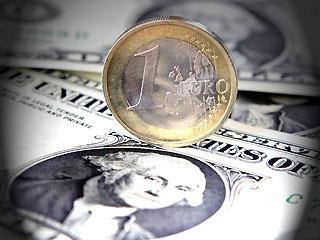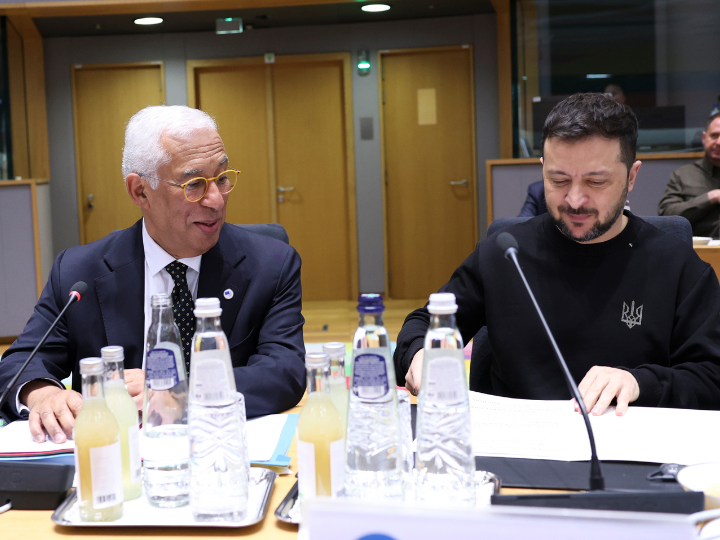The last time we bumped into this problem, in the late 1960s, inaction resulted in the collapse of the Bretton Woods system.
Luckily the world has already taken steps to avoid a similar fate this time around. Conventional wisdom tells us that the replacement of the G-7 with the G-20 is an unmistakable signal that the United States and the other developed countries have come to grip with the new realities. It is not surprising that one of China’s recent moves as a member of the G-20 was to call for a new arrangement that will bring the dollar’s supremacy to its long-anticipated end.
That sounds like a rational and orderly transition to a more appropriate system, right? Sorry, but the conclusion that the dollar should be replaced with an international reserve currency is at best inaccurate, mostly plain wrong. The dollar is nowhere close to losing its international status for a simple reason: there is no replacement.
Gold? Some central banks have been accumulating gold, and at this stage they may find that it has been a good investment. But as a currency, gold has long ceased to exist for a good reason: it is utterly inconvenient. When money is increasingly going electronic, a return to gold coins and bullion would be perfectly anachronistic.
The euro is often seen as the challenger. It is a well-managed currency with a better inflation record than the dollar. Its large denomination banknotes have been instantly adopted around the world for all sorts of unspeakable reasons. In effect, euro banknotes are likely to soon replace the greenbacks as the international banknotes of choice for large, frequently criminal, cash transactions. The Federal Reserve reckons that half of the dollar bills ever printed circulate outside the United States, representing an amount of $400 billion while, the European Central Bank reports having shipped in just one decade about €100 billion worth of banknotes outside the euro area. These are impressive numbers but they refer to just one aspect of what makes a currency international.
A second aspect is the use of a currency for international trade invoicing and payments. The dollar dominates in this role, but it matters little for anything but bookkeeping. True, US businesses have the advantage of being able to carry out transactions in their own currency. What is not true is that it shields the United States from fluctuations in commodity prices. More, if not all, dollar-set commodity prices are formally or informally indexed to the dollar so, in this respect, those who suffer most from dollar fluctuations are the US citizens.
The third aspect is what is attracting most attention, and rightly so: the foreign exchange reserves of central banks around the world. These reserves are not held in cash but mostly in treasury bills. The total amount, $4.4 trillion, is about ten times the value of greenbacks held outside the United States. The dollar’s share of foreign exchange reserves is currently about 60 percent and slowly declining. The trend, if continued, would indeed imply that the dollar could be a minor reserve currency by 2025. The People’s Bank of China, which holds about half of the world reserves and has made it known that it wants to reduce the share of dollars in its stockpile, could speed up the process.
You should not assume, however, that trends will continue forever. It is perfectly possible for the Chinese authorities and others to now acquire new reserves in other currencies than the dollar but that does not mean that they can go on forever—assuming that they will accumulate reserves forever—nor that they can turn around their current stock. The key reason is that there is simply no alternative, at least for the foreseeable future.
Once again, it is essential to remember that reserves are held in interest-yielding public debt instruments, not cash. Obviously, these must be safe instruments, which would presumably exclude a large number of euro area governments. The safest euro-denominated instruments are issued by the German government, with very few other candidates. Central banks want these instruments to be not just safe, but quickly sellable in case of emergency. Unless the market is deep enough, emergency sales may resemble fire sales that entail capital losses. The market for US Treasuries is the world’s deepest. The total value of existing US public debt instruments is nearing $9 trillion, of which $500 billion is traded on an average day. German debt instruments amount to about €1 trillion, with an average daily turnover of less than €30 billion. The situation is similar for French debt instruments. The United States simply plays in a different league. Of course, things can change over time. Turnover can increase but German government debt will remain small, unless it is multiplied several times over, in which case it would achieve junk status!
There has been much interest in the IMF’s Special Drawing Rights (SDRs). This is not a separate currency, it an instrument that gives central banks the right to obtain a combination of dollars, euros, or other currencies of wide international use. As such it can be held in foreign exchange reserve but the total outstanding stock is currently worth just $320 billion, a trivial amount. Its value is more stable than that of its composite currencies, and this may be why some developing countries and development advocates have been calling for a massive increase in SDRs to create an alternative to the dollar. Politically it makes little sense for the United States to support such a move, but there is a deeper economic reason why the SDR will never fulfill the ambitions of its supporters. As a composite of other currencies, the SDR must be underwritten by the central banks that issue these currencies. New SDRs are effectively new dollars, euros, yens, etc. But no one knows which currencies will be “drawn”—i.e. effectively used—and when. No central bank will ever want to create large amounts of money over which it has no control. The appeal of SDRs, that they are not controlled by any national central bank, is also their fundamental weakness.
Over the years, some currencies are likely to achieve international status. A key requirement is that they be issued by a large country. The Chinese yuan and the Indian rupee naturally come to mind. These are very long term propositions. Not only must these economies grow considerably bigger, which they are likely to do, but they must also develop large financial markets, fully integrated in world exchanges, and their governments must issue top-rated public debt instruments. At this stage, neither the yuan nor the rupee are fully convertible, the Chinese and Indian financial markets are not integrated and, for various reasons, the financial credibility of local authorities is limited.
For better or for worse, the dollar will remain for a long while the leading reserve currency. On the other hand, we are not in a unipolar world anymore. The euro is already taking a slice of the business, in fact, modestly expanding the role of its constituent currencies. Its share could grow, especially if inflation rises in the United States and if the federal government fails to curb the growth of its debt. Other currencies will gradually play some role.
There are fears that a multipolar system will be unstable. The idea seems to be that asset holders might be tempted to zap between reserve currencies. Just as depositors can create a run on banks, individual central banks could trigger a run on a particular reserve currency if any concerns arose about safety, or just returns, possibly even for political reasons. The experience so far, with two reserve currencies, does not bear out these fears. Central banks, at least the large ones, behave prudently because they stand to suffer capital losses first from a rapid shift in the currency denomination of their reserves.
There is a strong case to be made for the global village to have a global currency issued by a world central bank. But whom will this central bank report to? Until this question is answered, our monetary world will not look very different from the current one.
by Charles Wyplosz - Professor of economics at the Graduate Institute of Geneva and the director of the International Center for Monetary and Banking Studies.




 By: N. Peter Kramer
By: N. Peter Kramer
